Some 130 years have slipped by since a Kitzbuhel businessman called Franz Reisch introduced the first alpine skis to Austria. So the story goes, he bought a pair by mail order from Norway and tried them out in 1893 on the slopes of the fabled Hahnenkamm, later to become the setting for the most demanding of all the World Cup Downhill courses.
He wrote: ‘The new, totally strange fascination of this sport stimulated me to such an eagerness that one can almost call enthusiasm.’
Well, it certainly gripped me and continues to do so. As a travel writer I’ve skied in several hundred resorts scattered across a dozen countries around the world. Given my Austrian heritage, it’s hardly surprising that I regularly return to resorts in the Tirol and Salzburgerland.
It comes as no surprise to me that with the difficult years of Brexit and Covid behind us, Austrian skiing is undergoing a fresh surge in popularity, with an increasing number of visitors that Herr Reisch could never have imagined.
Back in the 1960s and 1970s, Austria was Britain’s favourite ski destination. During the 1980s it was overtaken by France with its no-frills ski-in-ski-out resorts where convenience comes before beauty. But there are signs that the trend is reversing.
The international skiers of today still want a sophisticated mountain infrastructure of lifts and facilities that is consistently being updated. But increasingly, they also want the beauty of natural surroundings, the authenticity of an ancient village, a healthy lifestyle and sensible prices. Austria has it all.
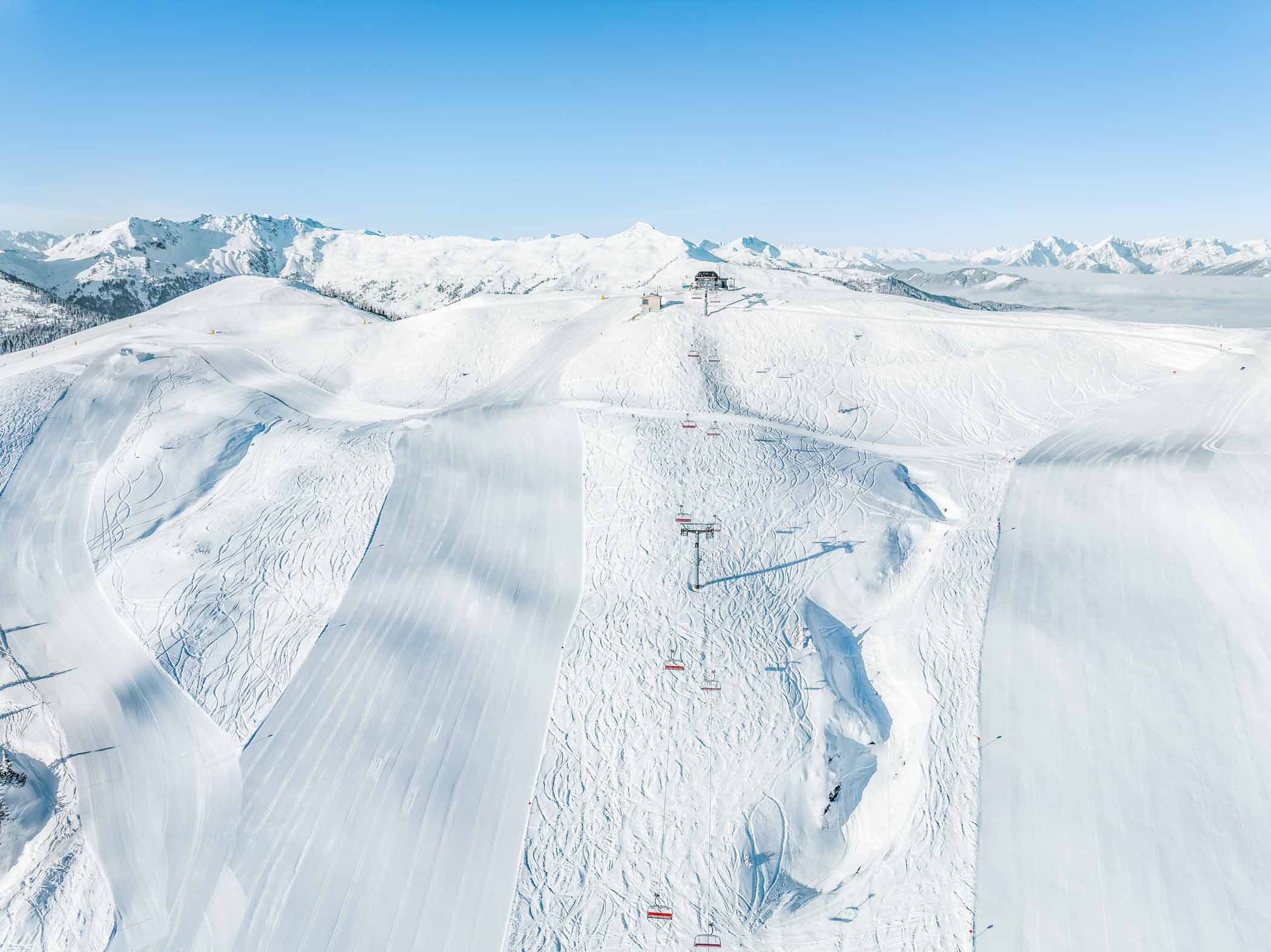
Sensational days
My Austrian mother first took me to Obergurgl when I was seven years old. Walter was the instructor who introduced me to skiing and, after a few false starts, I grew to love it – and him. On my second day, we side-stepped up the side of the nursery slope and the sole of one of my leather ski boots came away in the binding. Walter failed to notice. I was stuck at the top on my own. Somehow I managed to remove my skis and walk down, carrying them like a babe in arms.
Fortunately this traumatic start failed to put me off, because the following year I was back in ski school again. My improving ability meant that we were taken on the chairlift just outside the Edelweiss & Gurgl hotel. As a family, we returned seven years running and, while I progressed from nursery slope to a black run, I also progressed from small child to teenager. On my final holiday, I mastered the Hohe Mut, a run reached by a single chairlift. The piste had bumps as big as Volkswagens, or so I thought.
Many years later I returned to the resort with my husband. Obergurgl and Hochgurgl had now been linked by gondola to create a single ski area with two contrasting centres, marketed together these days as Gurgl. The horrendous bumps of the Hohe Mut had been flattened and it was rated as a red run. My first chairlift had morphed into a sleek eight-person gondola and from the top I could now drink in the fabulous view of 21 peaks above 3,000m of which I had been oblivious as a child.
If Obergurgl has held a soft spot for me, so too have Kitzbühel and St Anton. Kitzbühel remains one of the most beautiful ski towns in the world. In January I‘ve watched the downhill on the Hahnenkamm and in July I’ve walked the Streif race course with my Labrador. St Anton has, arguably, the most challenging skiing in Austria and I have had some sensational days there off-piste.
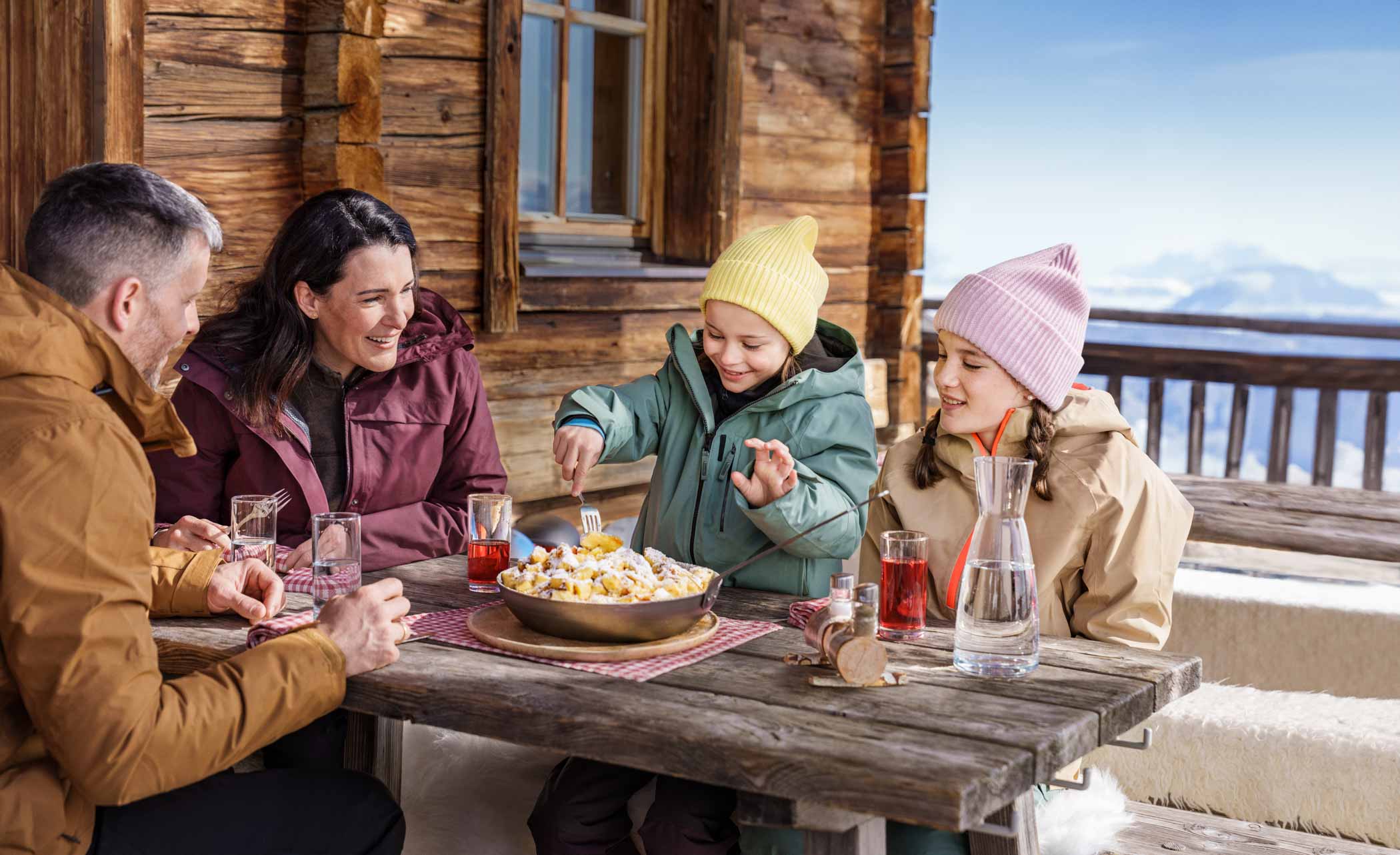
In my childhood, Austrian ski resorts were not known for the quality of their cuisine, but all that is different today. Austria’s national dish, wiener schnitzel, has always been my favourite, but who would have thought you could also eat oysters and caviar up the mountain as I did in Saalbach last season? Gourmet restaurants have sprung up all over the pistes.
Dietary requirements are catered far more diligently than in most alpine countries, with menus marked to show potential allergens. Eco hotels abound, such as the Forsthofalm (www.forsthofalm.com) in Leogang with its yoga classes and organic cuisine. Gastehaus Larch in picture-perfect Alpbach has solar panels to heat its water, photovoltaic cells for the heating and uses rainwater for everything else. Biohotel Poitner in Reith bei Kitzbühel provides ingredients from its own organic farm and offers yoga classes.
Add to this a generous helping of Gemütlichkeit – the warm ambience of the traditional resorts like Kitzbühel, with its the frescoed buildings, ancient coffee houses and designer boutiques in the pedestrianised centre, or bustling St Anton with its snowy links to the smart resorts of Lech and Zürs. Then there’s the (mainly) cross-country resort of Seefeld which has a casino and sleigh rides, and Lech, favourite destination of both Princess Diana and the Dutch royal family.
The thermal waters of the Gasteinertal were once enjoyed by Johann Strauss, Franz Schubert, and Mozart (actually, not the composer, but his mother!) and the medieval lakeside town of Zell am See that’s just as popular. Sölden was the snowy location for the Bond film Spectre in 2015 and has a James Bond museum – 007 Elements – to mark the spot. Ischgl holds its Top of the Mountain concerts featuring some of the biggest names in music at the start and end of each season.
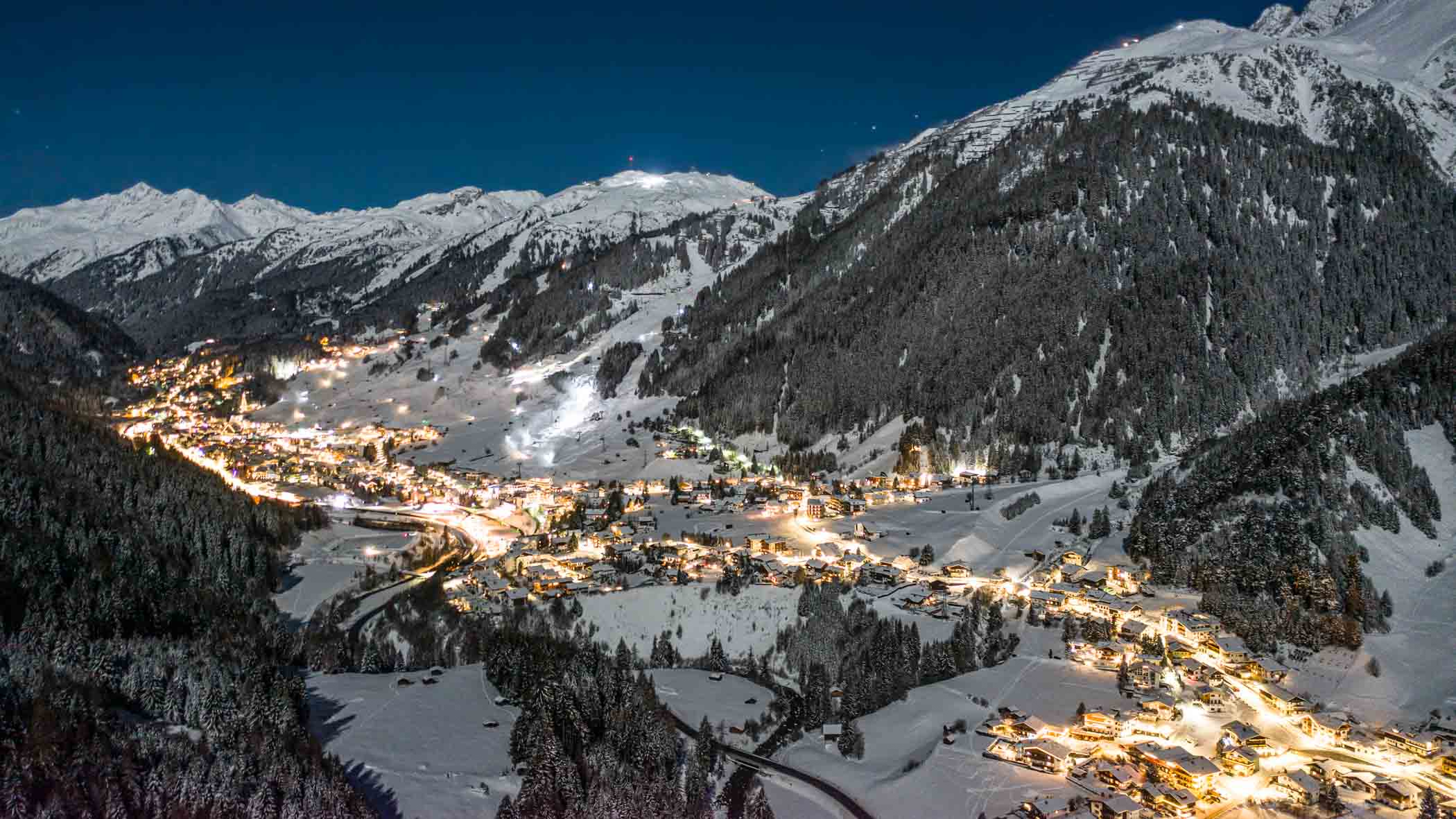
Snow guarantee and spa time
But perhaps most important of all, prices in Austria for accommodation, food and drink are markedly more favourable than those in comparable resorts in other European countries.
It’s also worth noting that as you advance eastwards across Europe, precipitation falls as snow at lower altitudes. So levels of cover in Kitzbühel (760m) or St Anton (1,000m) do not equate to – and should not be compared with – resorts located at higher altitudes in other countries. The rolling pastures that line most of Austria’s pistes – particularly in the Tirol – require only a few centimetres of snow to cover the grass to become skiable.
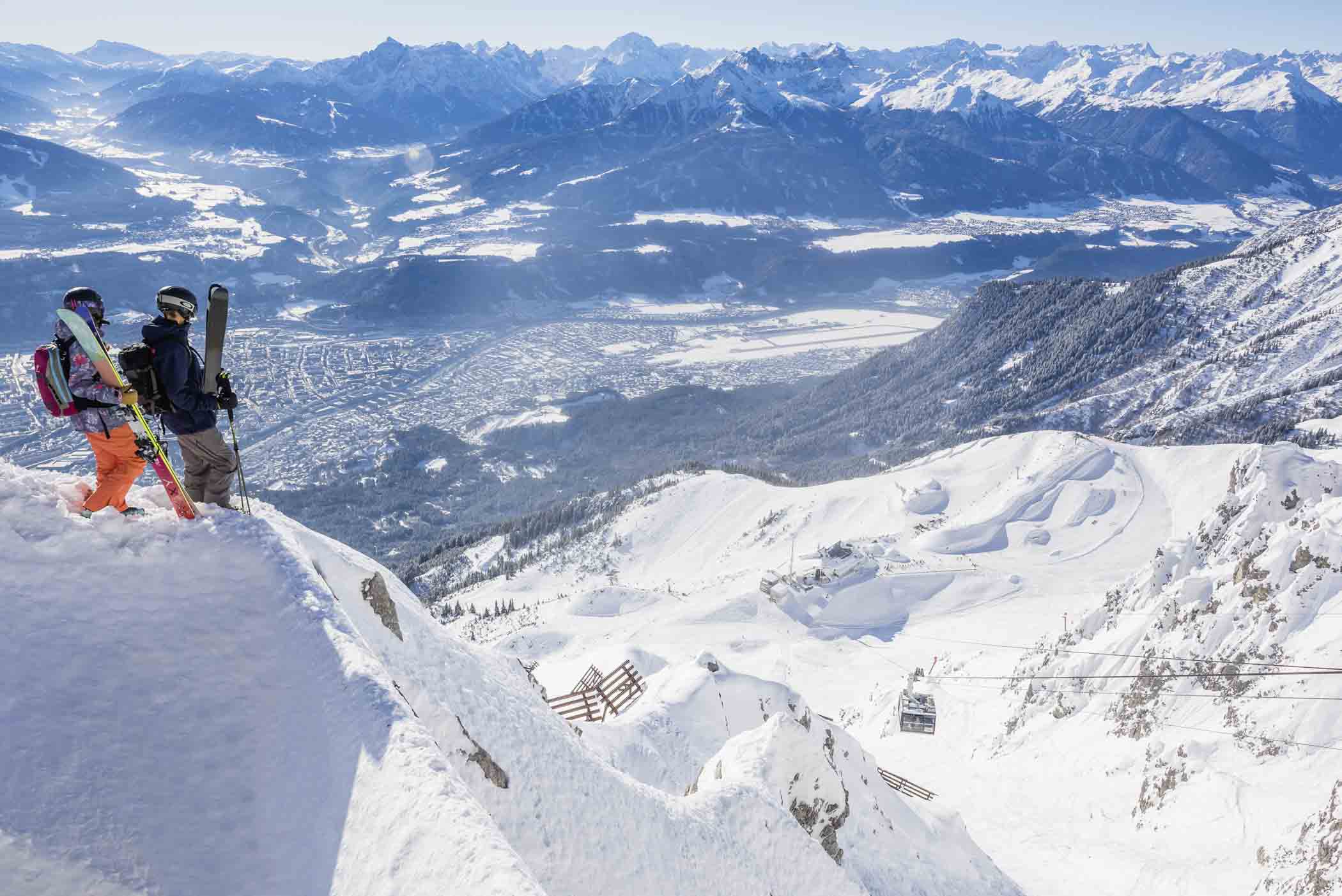
However, if snow cover is a concern at the start or end of the season, then head for one of the glaciers with villages at their bases, such as Hintertux, Sölden, Hochgurgl and Kaprun. You can even base yourself in a city like Innsbruck that has its own high-altitude skiing on the doorstep. The Nordkette ski area is accessed in just 20 minutes by funicular and cable car directly from the centre of town. Actually, the Tirolean capital is a great base for a winter holiday. Free ski buses ferry you to a whole range of nearby resorts such as Igls, Axamer Lizum, Neustift and also the Stubaital where skiing is possible for much of the year.
Austria takes spas and wellness very seriously indeed. Bad Gastein for example has the Felsentherme –18 radon-rich springs, an indoor pool built into the rock, salt caves and saunas. Then there’s Bad Kleinkirchheim with its two thermal spas, and the vast Tauern Spa in Kaprun.
My favourite of all ski accommodation is Hotel Stanglwirt at the small village of Going in the SkiWelt. It has its own biomass power plant, a natural swimming lake, Austria’s largest salt-water aquarium, and a lovely spa. Oh, and it also has a private Lipizzaner horse stud, cows in the barn outside, a children’s farm and a kids’ waterworld, yoga and Pilates classes, an in-house ski shop and ski school, and a bowling alley.
See you there this winter?
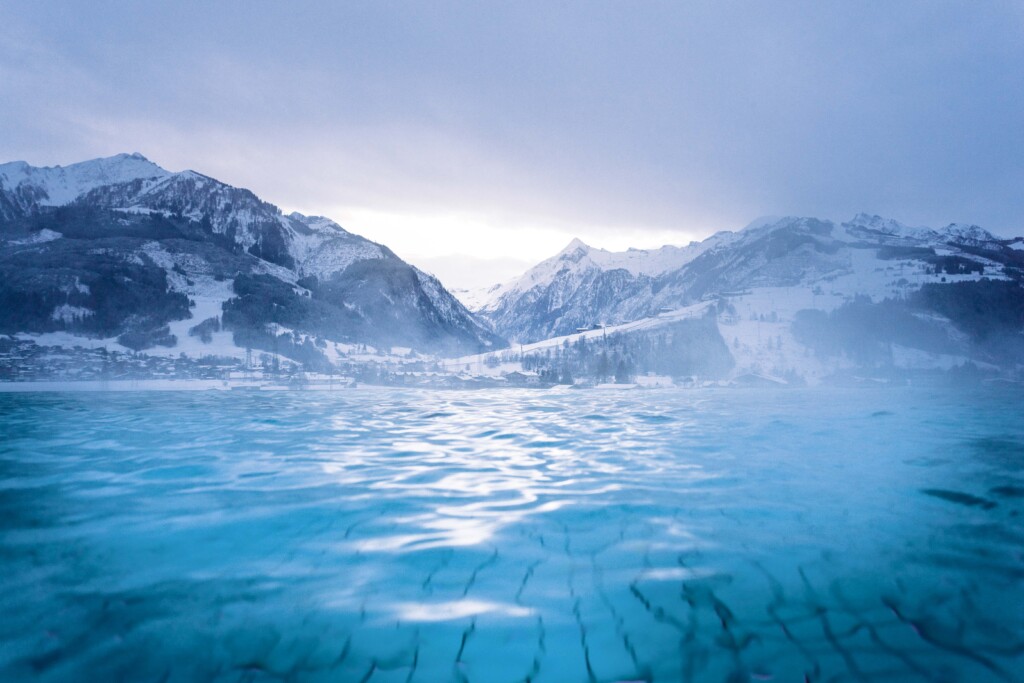


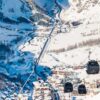
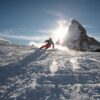






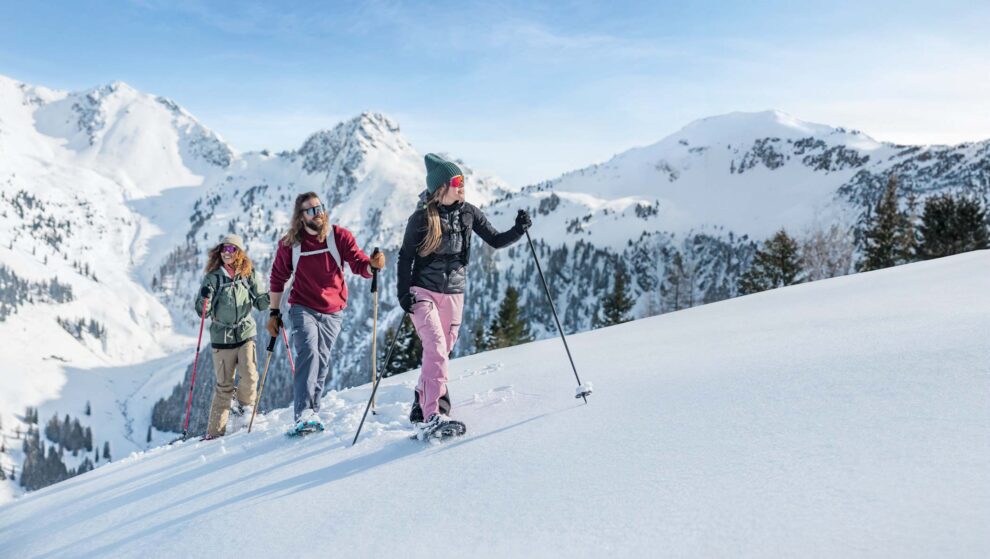
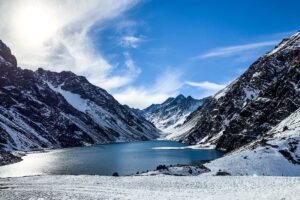

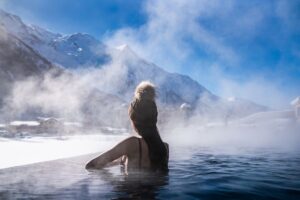
Add Comment